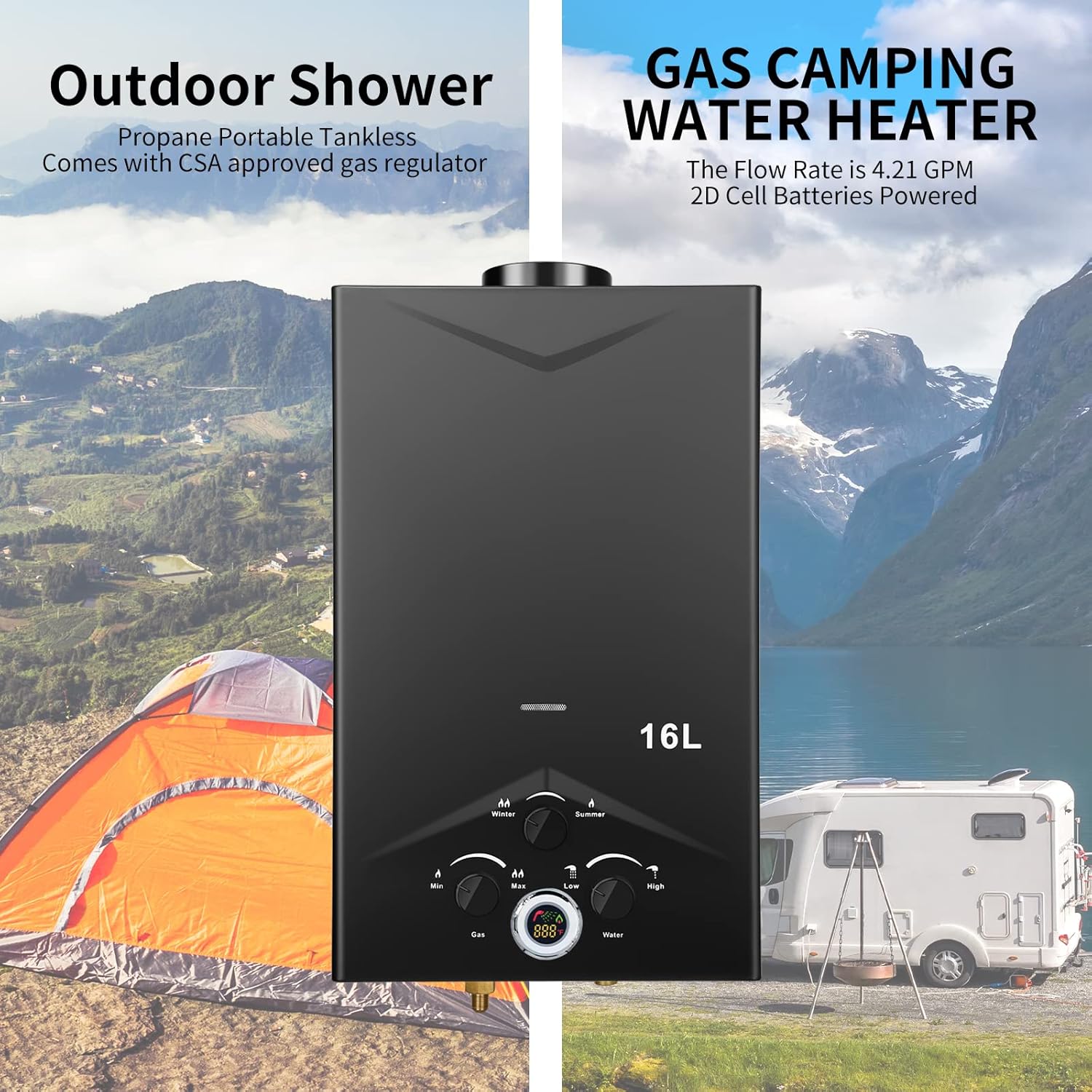How Does a Water Heater Work? A Complete Breakdown

How does a water heater work play an essential role in modern homes by supplying hot water for daily tasks like bathing, cooking, and cleaning dishes. Understanding how does a water heater work helps you troubleshoot issues and improve energy efficiency while extending the unit’s lifespan. Most people rarely think about their water heaters until something goes wrong, but the technology behind them is fascinating and quite practical.
Water heaters use either electricity or gas to heat water and store it for use in your home’s plumbing system. They rely on sensors, thermostats, and heating elements or burners to maintain a consistent water temperature throughout the day. A properly functioning water heater ensures a steady supply of hot water without noticeable delays or temperature drops.
There are different types of water heaters, including storage tank heaters, tankless systems, and hybrid models, each with unique mechanisms. While the basic function remains the same—heating cold water to a usable temperature—the methods vary depending on the design and energy source. Let’s explore this process in greater detail to answer the question: How does a water heater work?
Components Inside a Water Heater Explained
A deeper understanding of water heater components makes it easier to diagnose problems and understand the system’s operation in real-world scenarios. The most common type of residential water heater is the storage tank model, which consists of several internal parts working together to deliver hot water.
The tank is typically made of steel and lined with glass or porcelain to prevent corrosion from long-term water exposure. Inside the tank, there’s a dip tube that brings cold water into the bottom, ensuring it gets heated quickly and efficiently. At the top of the tank, the hot water outlet pipe delivers warm water to your home’s faucets and appliances. See More
Heating elements—either electric coils or gas burners—warm the water inside the tank to a set temperature determined by the thermostat. The thermostat regulates when the heating element activates, keeping the water within a specific temperature range for safety and comfort. An anode rod inside the tank helps reduce rust and corrosion by attracting minerals that would otherwise damage the tank’s interior.

Other essential components include a temperature and pressure relief valve, drain valve, and insulation layers to improve energy efficiency. Understanding how these elements interact will clarify how a water heater works and why regular maintenance is critical for performance.
The Heating Process in Electric and Gas Water Heaters
The process of heating water differs slightly between electric and gas water heaters, although both aim to deliver a reliable supply of warm water. In electric models, heating elements located inside the tank are responsible for converting electrical energy into heat. The thermostat detects when the water temperature drops below a preset level, triggering the elements to activate until the water reaches the desired temperature.
Gas water heaters, on the other hand, rely on a gas burner located beneath the tank to heat water from the bottom upward. When the thermostat detects cooler water, it opens a gas valve that ignites the burner, producing a flame that heats the tank. A flue runs through the center of the tank, helping exhaust gases escape while improving heating efficiency by circulating heat throughout the tank.
In both types, the heated water rises naturally to the top of the tank due to convection, where it’s drawn out through the hot water outlet pipe when needed. Meanwhile, cold water enters the bottom of the tank through the dip tube, ensuring a constant supply. The tank stays full even as water is drawn out, maintaining pressure and availability at all times.
Whether electric or gas-powered, the underlying principle is the same: convert energy into heat and transfer that heat to water within a controlled environment. Understanding this principle helps answer the question, “How does a water heater work?” and highlights the importance of thermostat calibration and energy source reliability.
How Tankless Water Heaters Operate Differently
Tankless water heaters, also known as on-demand systems, represent a more energy-efficient alternative to traditional storage tank units. Unlike storage models that keep a constant volume of hot water available, tankless units only heat water when it’s needed. This method reduces standby energy loss and provides endless hot water as long as the system is properly sized for your home’s demand.
When a hot water tap is turn on, cold water flows through a pipe and into the tankless unit. A flow sensor detects the water movement and activates the internal heating mechanism—either a gas burner or electric heating element. This process quickly raises the temperature of the water as it passes through the unit, delivering hot water directly to the outlet without any storage tank.
Since there’s no tank, you don’t have to worry about running out of hot water or waiting for it to reheat after heavy use. However, tankless water heaters require precise installation and regular maintenance to prevent mineral buildup and ensure consistent performance. These systems may struggle if multiple fixtures demand hot water simultaneously, especially if the unit is undersized.
The core principle of tankless water heaters is efficiency through instant heating, which appeals to homeowners looking to save energy and reduce utility costs. This innovative design offers a new perspective when considering how a water heater works in modern homes, especially those with high hot water usage or limited space.
Common Issues and Maintenance for Water Heaters
Understanding how does a water heater work also involves recognizing common issues and learning basic maintenance practices to keep your system running efficiently. One frequent problem is sediment buildup, especially in areas with hard water. Over time, minerals like calcium and magnesium accumulate at the bottom of the tank, reducing heating efficiency and increasing energy consumption.
To prevent this, homeowners should flush their water heaters at least once a year by draining the tank and removing built-up sediment. This simple maintenance task can extend the unit’s lifespan and improve overall performance. Another common issue is a faulty thermostat, which can cause water to become too hot or not hot enough, creating discomfort and safety hazards.
Leaking tanks, pressure relief valve failures, and worn-out anode rods are also concerns that may lead to reduced efficiency or even system failure. Regular inspections can help catch these problems early, avoiding costly repairs or unexpected breakdowns. Electric heaters may experience tripped circuit breakers or failed heating elements, while gas models may suffer from pilot light outages or burner issues.
Hiring a professional plumber for annual inspections and routine maintenance can ensure your system operates at peak performance. By staying proactive, you can avoid most issues and gain a better understanding of how a water heater works under normal and problematic conditions. The key is awareness—knowing how your system functions helps you act quickly when something seems off.
Conclusion
Whether you’re dealing with an electric, gas, or tankless system, understanding how does a water heater work benefits every homeowner. These appliances may seem complex at first, but the basic principles are straightforward once you break them down into their essential parts and processes. From the dip tube and heating elements to thermostats and pressure valves, every component serves a vital role in delivering consistent hot water.
Knowledge empowers you to maintain your water heater properly, troubleshoot minor issues, and make informed decisions when repairs or replacements are necessary. Efficient water heating saves energy, lowers utility bills, and enhances everyday comfort in your home. The more you understand how water is heat and delivered, the better you can protect and optimize your investment.



